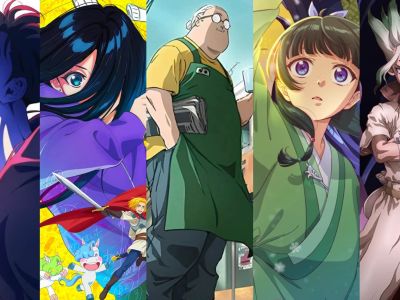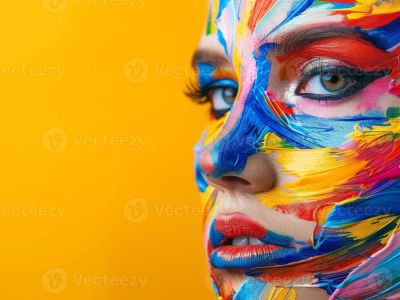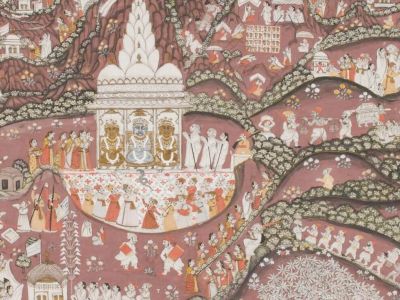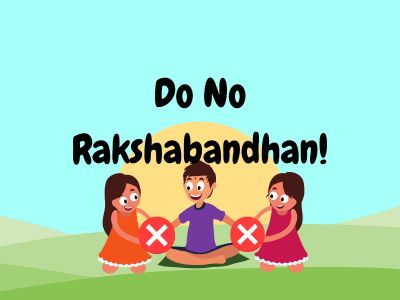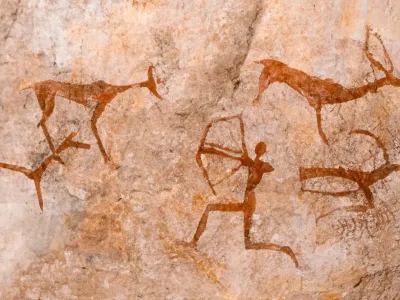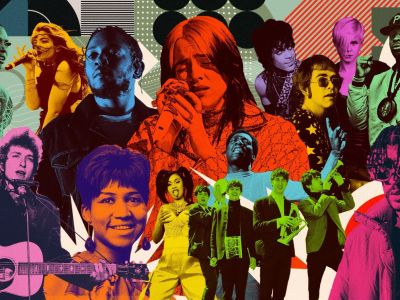Reggae: The Soul of Jamaica: An In-Depth Look at Its Style, Culture, History and People
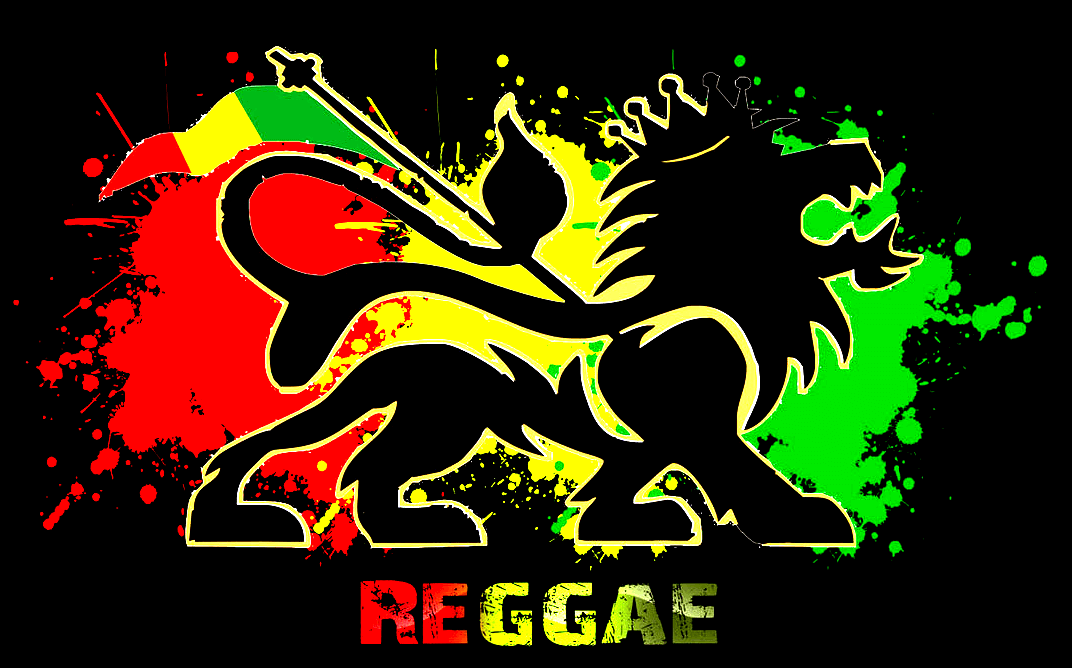
Reggae culture is more than just music; it's a vibrant tapestry of history, lifestyle, and a powerful message of unity, resistance, and love. Originating from Jamaica in the late 1960s, reggae has grown to influence countless genres and cultures worldwide. Let’s dive into the heart of reggae culture and discover what makes it so enduring and influential.
The Roots of Reggae
Reggae music emerged from the earlier genres of ska and rocksteady, incorporating elements of rhythm and blues, jazz, and African and Caribbean sounds. It was the unique blend of offbeat rhythms, soulful bass lines, and socially conscious lyrics that set reggae apart. The genre's development is closely linked to the cultural and political landscape of Jamaica during the post-independence era.
The Iconic Sound
Reggae's distinct sound is characterized by its heavy bass lines, steady drumming, and the rhythmic guitar strumming on the offbeat, known as the "skank." This combination creates a laid-back yet infectious groove that invites listeners to move and reflect. The music often includes brass instruments, keyboards, and occasionally strings, adding to its rich, layered sound.
Pioneers and Legends
No discussion of reggae is complete without mentioning Bob Marley, the genre's most iconic figure. Marley's music transcended cultural and national boundaries, bringing reggae to a global audience. His songs, like "One Love," "No Woman, No Cry," and "Redemption Song," continue to resonate with fans around the world.
Other influential artists include Peter Tosh, Bunny Wailer, Burning Spear, and Jimmy Cliff. Each brought their own unique style and message, contributing to the rich tapestry of reggae music.
The Message
Reggae has always been a vehicle for social and political commentary. The lyrics often address issues such as poverty, inequality, and oppression, reflecting the struggles of the Jamaican people and marginalized communities worldwide. Themes of peace, love, and unity are also prevalent, promoting a message of hope and resistance.
Rastafari Influence
A significant aspect of reggae culture is its connection to the Rastafari movement. Rastafarianism is a spiritual and cultural movement that emerged in Jamaica in the 1930s. It holds Haile Selassie I, the former emperor of Ethiopia, in high regard, believing him to be the reincarnation of Jesus Christ. The movement promotes a way of life that emphasizes living naturally, wearing dreadlocks, and the ritual use of cannabis, which is considered a sacrament.
The influence of Rastafari is evident in the lyrics, imagery, and lifestyle associated with reggae. Many reggae artists are Rastafarians, and the movement's themes of liberation and spiritual consciousness are deeply woven into the music.
Global Impact
Reggae's influence extends far beyond Jamaica. It has inspired countless artists and genres worldwide, including ska, rock, hip-hop, and electronic music. Reggae festivals, such as Reggae Sumfest in Jamaica and Rototom Sunsplash in Spain, attract thousands of fans annually, celebrating the genre's enduring legacy.
Countries like the UK, with its significant Caribbean immigrant population, have been instrumental in the global spread of reggae. In the UK, the genre gave rise to the British reggae scene, producing iconic bands like Steel Pulse and UB40.
Reggae Lifestyle
Reggae culture is not just about music; it's a way of life. It embodies a laid-back, carefree attitude, emphasizing community, togetherness, and respect for nature. This lifestyle is reflected in the fashion associated with reggae, characterized by colorful clothing, often in the red, gold, and green colors of the Rastafari movement.
The Art and Style Born Out of Reggae Culture
Reggae culture is not only about the music but also encompasses a rich array of artistic expressions and unique styles. From visual arts to fashion, the cultural impact of reggae is evident in various creative forms. Here’s a look at how reggae has influenced art and style.
Visual Arts: The Colorful Legacy
Reggae's influence on visual arts can be seen in vibrant, expressive works that often carry deep social and political messages. The visual art associated with reggae culture typically includes bright, bold colors—especially red, gold, green, and black, which are symbolic in Rastafarianism. These colors represent African heritage, strength, and spiritual purity.
Album Covers: Reggae album covers are often rich in symbolism and color. Iconic album art, like the covers of Bob Marley’s "Catch a Fire" and "Rastaman Vibration," feature vivid imagery that complements the music’s themes of resistance, spirituality, and unity.
Murals and Street Art: In Jamaica and other places influenced by reggae culture, murals and street art celebrate reggae icons and themes. Artists create large-scale portraits of legends like Bob Marley, Peter Tosh, and Burning Spear, often accompanied by messages of social justice and empowerment.
Fine Art: Many contemporary artists draw inspiration from reggae culture, creating pieces that reflect its vibrant aesthetic and profound messages. These works often explore themes of identity, resistance, and heritage, using mixed media, painting, and sculpture.
Fashion: The Reggae Style
Reggae fashion is distinctive and deeply tied to the Rastafarian movement, reflecting the values and aesthetics of the culture. Here are some key elements:
Dreadlocks: Perhaps the most iconic aspect of reggae-inspired fashion is dreadlocks. Rooted in Rastafarian beliefs, dreadlocks symbolize a natural, spiritual lifestyle. Many reggae artists and fans wear their hair in this style as an expression of cultural identity and resistance.
Colors and Patterns: The red, gold, and green of the Ethiopian flag are prevalent in reggae fashion. These colors are often incorporated into clothing, accessories, and jewelry. Traditional African patterns and prints also feature prominently, celebrating the connection to African heritage.
Casual and Natural: Reggae fashion often embraces a laid-back, natural aesthetic. Loose-fitting, comfortable clothing made from natural fibers is common. Items like knitted caps (often called "tams"), sandals, and simple, flowing garments are staples of the style.
Military and Rebel Influences: Reflecting reggae’s roots in social and political struggle, military-inspired clothing such as camouflage patterns, cargo pants, and utility vests are popular. These items symbolize resistance and solidarity with revolutionary movements.
Dance: Expressive Movements
Dance is an integral part of reggae culture, with its own unique styles and expressions. Reggae dance styles are known for their fluidity, expressiveness, and connection to the music’s rhythm.
Skanking: This simple, rhythmic dance involves moving the legs and arms in time with the offbeat rhythm of reggae music. It’s a foundational dance style in reggae and ska, often seen at concerts and dance halls.
Dancehall Moves: Dancehall, a genre that evolved from reggae, has given rise to its own set of dance styles. Moves like the "Dutty Wine," "Bogle," and "Pon de River" are energetic and often complex, reflecting the vibrant and dynamic nature of dancehall music.
Crafts and Jewelry: Handmade Artistry
Reggae culture has inspired a variety of crafts and jewelry, often handmade and reflecting the artisanal traditions of Jamaica and the broader Caribbean.
Beaded Jewelry: Necklaces, bracelets, and earrings made from beads, shells, and natural stones are popular in reggae fashion. These pieces often incorporate the red, gold, and green colors, as well as other symbols significant to Rastafarianism and African heritage.
Knitted and Crocheted Items: Handmade hats, bags, and other accessories are common. Knitted caps (tams) are especially iconic, often worn by reggae musicians and fans alike.
Wood Carvings: Artisans create intricate wood carvings that depict scenes from everyday life, spiritual symbols, and portraits of reggae icons. These items are highly valued for their craftsmanship and cultural significance.
The art and style born out of reggae culture are as rich and diverse as the music itself. From the vivid visual arts and expressive dance styles to the distinctive fashion and handcrafted jewelry, reggae’s cultural impact extends far beyond the auditory realm. This vibrant culture continues to inspire creativity and promote messages of peace, love, and resistance, leaving an indelible mark on the world.
Pioneers and Promoters: The People Who Popularized Reggae Culture
Reggae culture, with its unique sound and powerful messages, has been popularized and carried forward by numerous influential figures. These individuals not only shaped the music but also embodied the spirit and ethos of the genre, spreading its influence across the globe. Here are some of the key people who played a significant role in popularizing reggae culture.
Bob Marley: The Icon
When discussing reggae culture, Bob Marley is an undeniable focal point. Born in 1945 in Nine Mile, Jamaica, Marley rose to international fame as the frontman of The Wailers. His music, imbued with themes of peace, love, and social justice, struck a chord with people worldwide. Songs like "No Woman, No Cry," "One Love," and "Redemption Song" have become anthems of the genre. Marley's Rastafarian faith and his advocacy for unity and resistance made him not just a music icon, but a global ambassador for reggae culture. His legacy continues to inspire new generations of musicians and fans alike.
Peter Tosh: The Rebel
Peter Tosh, a founding member of The Wailers alongside Bob Marley and Bunny Wailer, was known for his militant stance and fiery lyrics. Born in 1944 in Westmoreland, Jamaica, Tosh's solo career took off in the mid-1970s with albums like "Legalize It" and "Equal Rights." His music often addressed social and political issues, advocating for the legalization of marijuana and equal rights for all. Tosh's uncompromising approach and powerful performances helped cement reggae's role as a voice for the oppressed and marginalized.
Bunny Wailer: The Spiritualist
Bunny Wailer, born Neville O'Riley Livingston in 1947, was another crucial member of The Wailers. Known for his smooth vocals and spiritual themes, Wailer's solo work, including the acclaimed album "Blackheart Man," explored his Rastafarian beliefs and the African diaspora's struggles. His contributions to reggae music are celebrated for their depth and authenticity, preserving the genre's roots while promoting its message of peace and spiritual enlightenment.
Jimmy Cliff: The Pioneer
Jimmy Cliff, born James Chambers in 1948, is often credited with helping to bring reggae to an international audience. His role in the 1972 film "The Harder They Come," along with the soundtrack featuring hits like "You Can Get It If You Really Want" and "Many Rivers to Cross," introduced reggae music to a global audience. Cliff's blend of reggae, ska, and rocksteady, along with his charismatic performances, played a significant role in popularizing the genre outside of Jamaica.
Burning Spear: The Storyteller
Winston Rodney, better known as Burning Spear, is revered for his deep, roots-oriented style of reggae. Born in 1945 in Saint Ann's Bay, Jamaica, Burning Spear's music often pays tribute to Marcus Garvey, a prominent black nationalist and Pan-Africanist. His albums, including "Marcus Garvey" and "Man in the Hills," are celebrated for their rich storytelling and commitment to the Rastafarian message of liberation and self-awareness.
Toots Hibbert: The Innovator
Frederick "Toots" Hibbert, the lead singer of Toots and the Maytals, is credited with coining the term "reggae" through their 1968 song "Do the Reggay." Born in 1942 in Clarendon, Jamaica, Toots' energetic performances and soulful voice helped bridge the gap between ska, rocksteady, and reggae. His band's hits, such as "Pressure Drop" and "54-46 That's My Number," remain reggae classics, contributing significantly to the genre's international appeal.
Lee "Scratch" Perry: The Producer
Lee "Scratch" Perry, born Rainford Hugh Perry in 1936, was a groundbreaking producer and a pivotal figure in the development of reggae and dub music. Known for his innovative studio techniques and eccentric personality, Perry produced some of the most influential reggae records, including Bob Marley's early hits. His Black Ark Studio became a creative hub for many reggae artists, and his work continues to influence music production across genres.
These individuals, among others, have played instrumental roles in shaping and popularizing reggae culture. Through their music, activism, and spiritual beliefs, they have spread reggae's message of peace, love, and social justice far beyond the shores of Jamaica. Their legacies continue to inspire and resonate, ensuring that reggae remains a powerful and enduring cultural force.
Reggae culture is a dynamic and influential force that has left an indelible mark on the world. Its music continues to inspire, its messages resonate, and its spirit of unity and resistance lives on. Whether you're a long-time fan or new to the genre, there's always something new to discover in the world of reggae. So, put on a classic reggae track, feel the rhythm, and let the music take you on a journey through this rich and vibrant culture.

